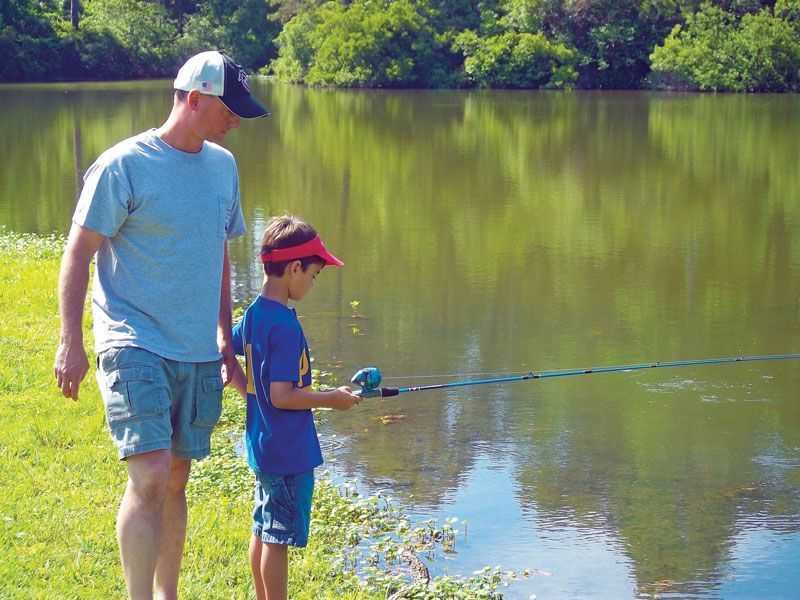Steady Participation Conceals High Churn Among Anglers
While the total number of anglers who enjoy fishing remains fairly consistent year-in and year-out, the number of anglers who actually bought a license in 10 consecutive years remains amazingly small—4 percent of the approximate 33 million anglers in the United States. This was the startlingly discovery revealed by a recent study conducted for the American Sportfishing Association (ASA) by Southwick Associates.
“The fact that overall fishing participation numbers are quite stable from year to year could lead to the erroneous conclusion that anglers consistently renew their licenses,” said Tom Allen, vice president of research at Southwick Associates. “This is the first in a series of reports to be released on the topic. Upcoming reports will show which types of anglers are at greatest risk of not coming back, how to keep them engaged and lifestyles of various angler segments.”
The study examined fishing license data over a 10-year period, from 2004 to 2013. States included were Colorado, Florida, Georgia, Maine, Mississippi, Minnesota, Montana, New Hampshire, New York, Utah and Wisconsin. The goal was to determine how many anglers transition in and out of the sport from year to year, a phenomenon also known as “churn.”
Key findings of the report included:
• The largest portion of anglers, 49 percent, purchased a license only one out of 10 years.
• Only 4 percent bought a license in each of the ten years.
• In any given year, close to half of anglers do not renew their fishing licenses.
• The “typical” angler buys a fishing license just 2.9 out of every 10 years.
• When looking at 5-year periods, that number drops to most anglers buying a license just every 2.1 years out of 5.
• Those groups of anglers most likely to lapse each year include female anglers, urban residents and people between the ages of 18 and 24.
• Forty-four to 48 percent of anglers each year represent a group that had not bought a fishing license the previous year.
So what does this high rate of churn mean for state and federal fishing agencies? Or even the fishing industry as a whole?
For most, it translates into lost dollars as people who would otherwise be considered prime candidates for participating in fishing step away from the sport. These lost dollars not only impact companies that make boats, tackle, rods and other fishing gear, but also guide services, hotels and local communities that cater to anglers. It also impacts state game and fish departments, which lose revenue from lost license sales, along with the lost excise taxes collected in the sale of fishing gear and boat fuel. This is lost revenue that could be used to support fisheries and habitat work, as well as to build and maintain infrastructure like public piers and boat ramps.
For copies of the executive summary or the full report, visit http://asafishing.org/facts-figures/angler-participation/u.s.-angler-population-their-lifestyles-and-license-buying-habits.
[easy-social-share]
